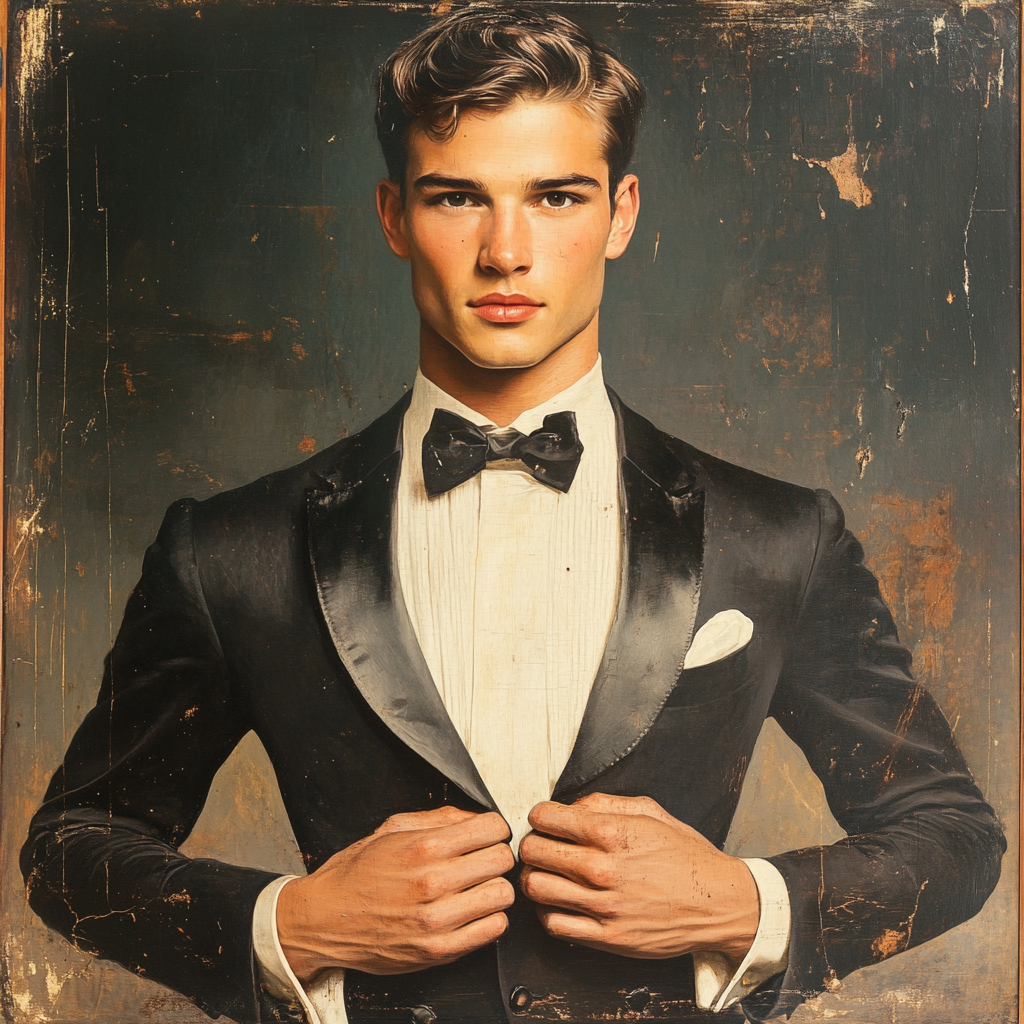Fashion is not just a change in trends, it is a process that is associated with the cult of time and change. However, among all the temporary changes, there is one constant component that always remains relevant – the classic style. He inspires not only designers, but also people around the world. What is its timelessness? Why do images considered classic never lose their popularity? In this article, we’ll look at how classic looks have endured throughout the centuries and why they’re still relevant despite changing fashion trends.
The origins of the classic style in fashion
Classic fashion style has its roots going back centuries. It is based on strict silhouettes, exquisite fabrics and perfect symmetry. Clothing has long been a way of self-expression, and for many peoples, classic images have become symbols of beauty, status and sophistication. In Europe, classic fashion began to take shape in ancient times, where the concept of proportions and symmetry in clothing and appearance became important. With the development of culture and art during the Renaissance, fashion acquired strict forms, which, with some changes, have survived to this day.
The role of tradition in creating classic silhouettes cannot be overstated. Already in the 18th-19th centuries, costumes were made that, despite their era, remained extremely strict and restrained in their style and silhouette. Straight lines, refined fabrics and clear shapes made it possible to create ideal looks that were not only comfortable, but also reflected a certain social status. Classic has become the standard of sophistication and nobility, and in this it has not changed over the centuries.
Reinterpreting classics across cultures
The classical style will not only survive in Europe, but has also been adapted in different countries and cultures, despite differences in traditions and lifestyles. The East, West, and various historical eras have created unique variations of classic images that remain relevant to this day.
- Western fashion with its traditions dating back to antiquity, it embodied strict and geometric forms that were ideal for noble circles.
- Asian fashion, on the contrary, emphasized soft lines, sophistication of fabrics and sophistication of the image, drawing attention to accessories and decorative elements.
- Native American tradition used complex patterns and symbolic motifs, emphasizing the beauty of the fabric and its luxurious decorative elements.
- Fashion trends in Latin America have integrated elements of European classics, creating their own interpretations with bright colors and extravagant accessories.
- Russian style in the classical sense, with its focus on elements of folk costume and aristocratic severity, he created special trends that personified luxury and belonging to high society.
- Fashion trends of the Middle East were marked by the use of luxurious fabrics, jewelry and symbolic elements emphasizing high status in society.
Thus, despite the many variations of the classical style in different parts of the world, they all have common features, such as symmetry, elegance and restraint. Each region adapted the classics to their own cultural and social realities, but its basis remained unchanged – it always sought to emphasize beauty and harmony.
Consistency of silhouettes and fabrics
One of the most important components of the classic style is silhouettes and fabrics. When we talk about classic fashion, we represent silhouettes that are not subject to fashion jumps. Straight lines, tight silhouettes, formal dresses and suits – all this has remained relevant for centuries.
MaterialsThe designs used to create these images have always been synonymous with high quality production. Silk, velvet, cashmere, wool – these fabrics remain favorites not only among fashion designers, but also among lovers of classic style. It is the high quality of fabric that is the basis of classic fashion., as it gives any image solidity and sophistication. These materials always associated with refined taste, style and prosperity.
Classic silhouettes have another feature – their shape does not change, but adapts to the needs of the time. Today we see suits, costume dresses, tweed jackets, which have become the basis of women’s and men’s wardrobes. Modern designers, inspired by classic silhouettes, often add elements of current trends to them, but the shapes themselves remain unchanged.
The influence of classic images on modern trends
Today, the classic style serves as the basis for many modern fashion trends. Inspired by tradition, designers introduce elements into their collections that resonate with viewers. Classic images are not only integrated into modern collections, but also become symbols of luxury and high-quality products.
A multitude designers, such as Chanel, Dior, Valentino, use classic elements to create their collections. In their works we see neat lines, strict silhouettes that inspire fashionistas and men around the world. Even modern elements of street style often rely on classic images, simply adapting them to urban conditions. This all confirms that classics remain not just a trend, but a lifestyle.
Interestingly, many popular brands are returning to old archival looks, adding new textures, colors and technologies. This reinterpretation of a classic allows it to become more accessible and less formal, while still maintaining its elegance and sophistication.
Classics as a symbol of status and elegance
Classic style has always been associated with high status and elegance. People dressed in suits and dresses, restrained in their design, have always been considered sophisticated people who know a lot about good clothes. Strict lines, ideal shapes and the absence of excessive finishing – all this creates an image that emphasizes inner strength and confidence.
For many, especially in the eras of the past, clothing was not just a way of protection from the cold, but also an indicator of social status. Classic style has become synonymous with “noble taste,” and this association continues to this day. It does not require flashy elements, because in itself it is an indicator of sophistication. Elegance, embodied in strict silhouettes, will always be relevant in the most diverse segments of society, which is confirmed by its demand for many years.
Accessories have always played a key role in creating a classic look. They emphasized not only status, but also individuality. Hats, gloves, ties, watches – all these elements have never gone out of fashion. It is important that classic style accessories are easily adapted to any time and society, while remaining a symbol of high fashion and restraint.
These accessories, like the classics themselves, are designed to emphasize status and complete the look. Precisely chosen jewelry, such as pearl earrings, classic watches or bags, can become the main accents of the look.. They attract attention without overloading it. Elements such as high-quality leather bags or exquisite scarves are still popular in the fashion world, and their presence in the image always emphasizes taste and the ability to combine style with elegance.
Classic images do not go out of fashion for one simple reason – they are based on the ideas of beauty, harmony and restraint that have always been relevant and will be so in the future. Strict silhouettes, high-quality fabrics and attention to detail create images that remain unchanged, but become even more sophisticated and elegant every year. In a world where fashion is rapidly changing, classic style remains a stable value that defines the standards of beauty and style.
No matter how trends change, classics always find their audience. After all, it permeates all spheres of life – from the most luxurious outfits to ordinary everyday suits. Without a doubt, classic style will remain an important part of the fashion world, inspiring designers and fashion lovers around the world.
Classic style is important because it is based on the principles of harmony, restraint and sophistication. These qualities are valued at all times, and the classic style is a symbol of stability and sophistication in the fashion world.
Classics allow you to stand out because their silhouettes, materials and elements emphasize individuality, while remaining discreet and elegant. This makes the classic style universal and ideal for people who value true beauty and elegance.

